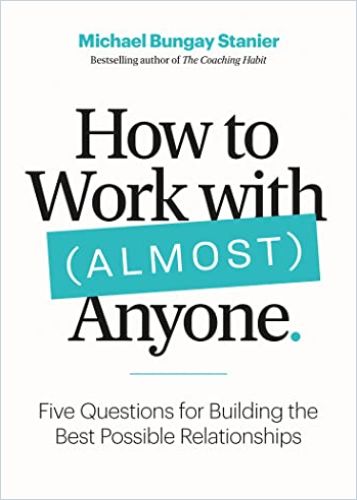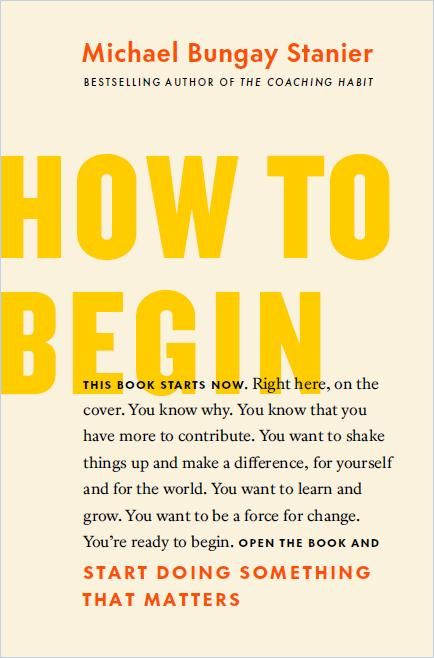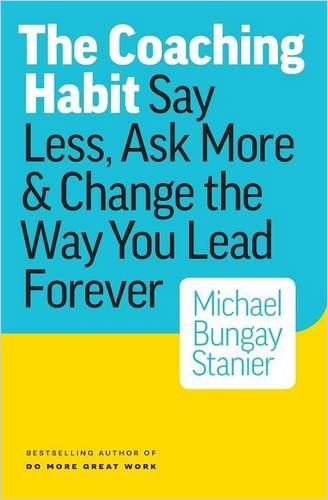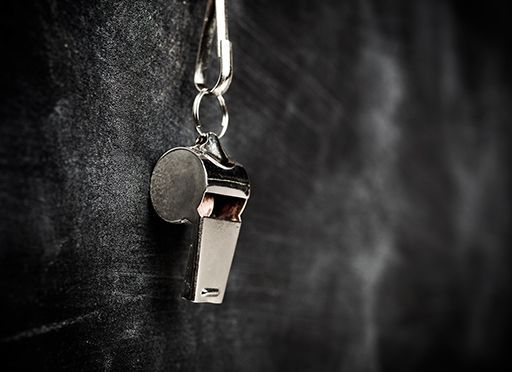“Every Working Relationship Gets Banged, Cracked, Dented and Bruised at Some Stage.”

In your new book How to Work with (Almost) Anyone, you write: “People join an organization but leave a manager. You don’t want to be that manager. You don’t want to have that manager.” Yet, many of us are. How do “safe, vital and repairable relationships” change that, and why does investing in them make sense?
Work happens through people. Our sense of self also happens through people. So, the quality of our working relationships makes all the difference in terms of our impact and how we feel about ourselves as we do it … that’s both strategy and culture. Mostly, we cross our fingers and hope for the best. But what if you could more actively change the quality of your key working relationships? I think you can, and the goal is to make them safe, vital, and repairable. Safe, we know from Amy Edmondson‘s work, is foundational. Vital means there’s space for challenge, risk, and pushing the boundaries. And repairable — for most of us, the hardest of the three — means an ability to get back on track when things go wrong and to minimize the damage.

A relationship that is its best expression of safe, vital, and repairable is going to be a relationship that has the most impact it can.
In the workplace, most conversations circle problems to be solved. In your book, you encourage readers to skip that mindset for a moment when fostering Best Possible Relationships (BPRs): “Nothing needs to be solved, decided or fixed.” The goal of the keystone conversation is a strong relationship, and you don’t need to solve anything. But how do you go about it when everyone around you immediately believes something is going wrong? Otherwise, you wouldn’t need to talk to each other.
The Keystone Conversation — a conversation about how we work together before we get into the work itself – helps both parties understand how to bring out the best in one another and avoid as much as possible the worst. It also gives both parties permission to keep talking about the health of the working relationship.
All of that is an investment for when things go wrong, and they inevitably do.
Sometimes in a big way, more often in a small way. But every working relationship gets banged, cracked, dented, and bruised at some stage. It’s not about avoiding conflict and figuring out how to sort things out. It’s about having a conversation early on so that you’re both better able and more likely to negotiate that time when it comes.
Building a working relationship that is safe, vital and repairable, you write, is no small feat, and it deserves celebration and appreciation. That, again, might turn out a bit awkward if the organizational culture does not yet imply such celebrations. How do you find the right situation and tone here?
There are many reasons not to try and build a Best Possible Relationship and have a Keystone Conversation. Too hard. Too awkward. Not part of our culture. The other person is [insert adjective of choice]. And with some people, it probably is next to impossible … That’s why the book title has “almost” in it. (Laughs.)
But everyone can be the change they want to see in the world.
Every culture has sub-cultures. I’d rather explore the one, two or three people you might consider doing this with. They might be on your team, your boss, a key client, a key vendor, or maybe a collaborator from another part of the business. I bet everyone can find one key working relationship and say … maybe with that person. And then the call to action is being the person who reaches out and goes first. This happens when one person is brave enough to take the first step.
About the Author
Best-selling author and speaker Michael Bungay Stanier’s previous titles include The Coaching Habit and How to Begin.














